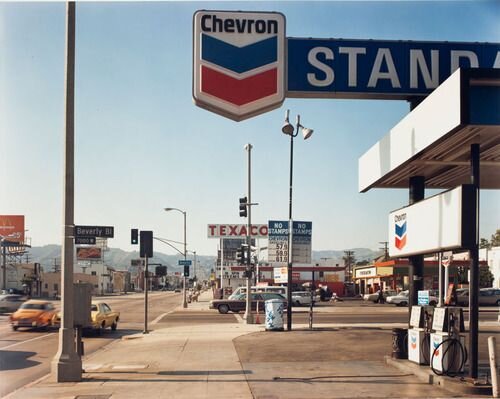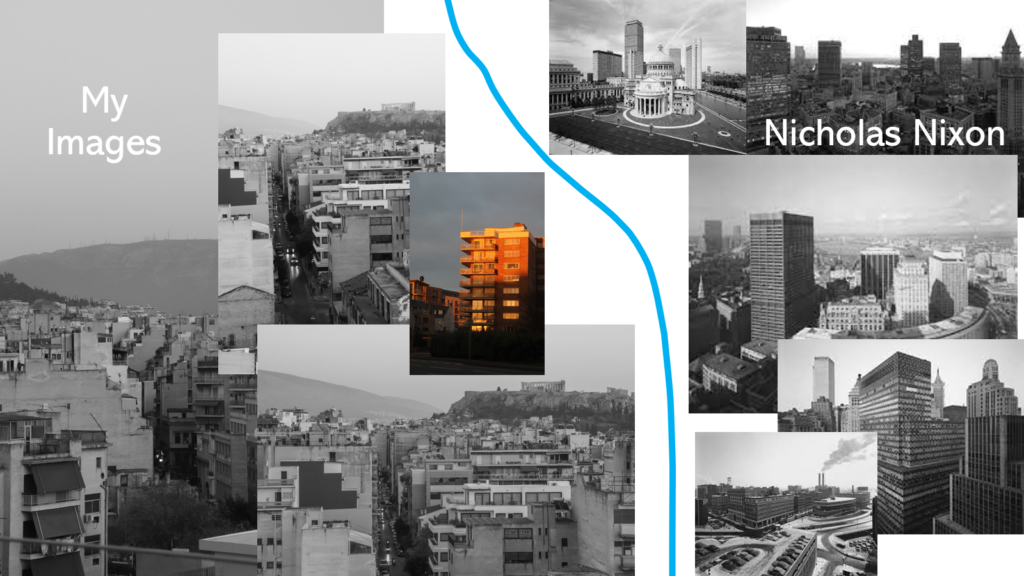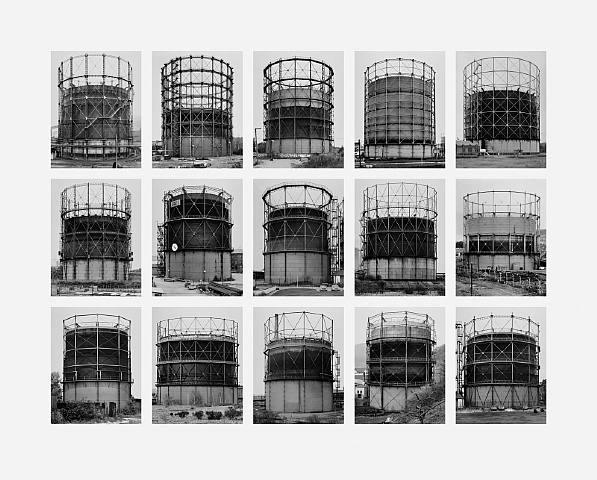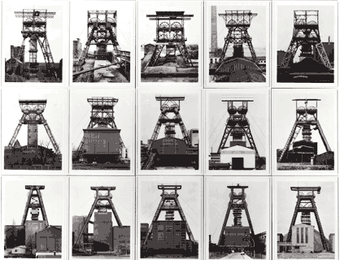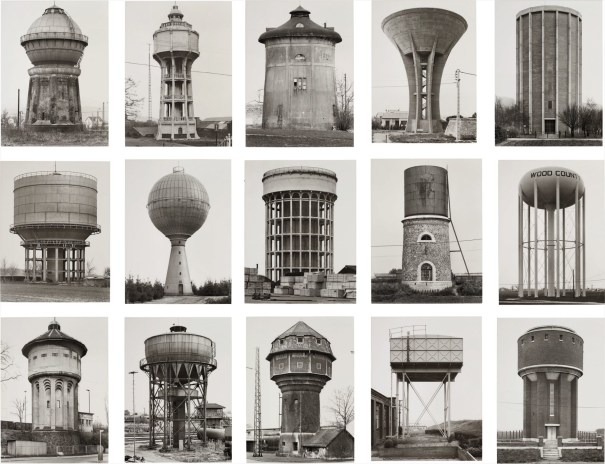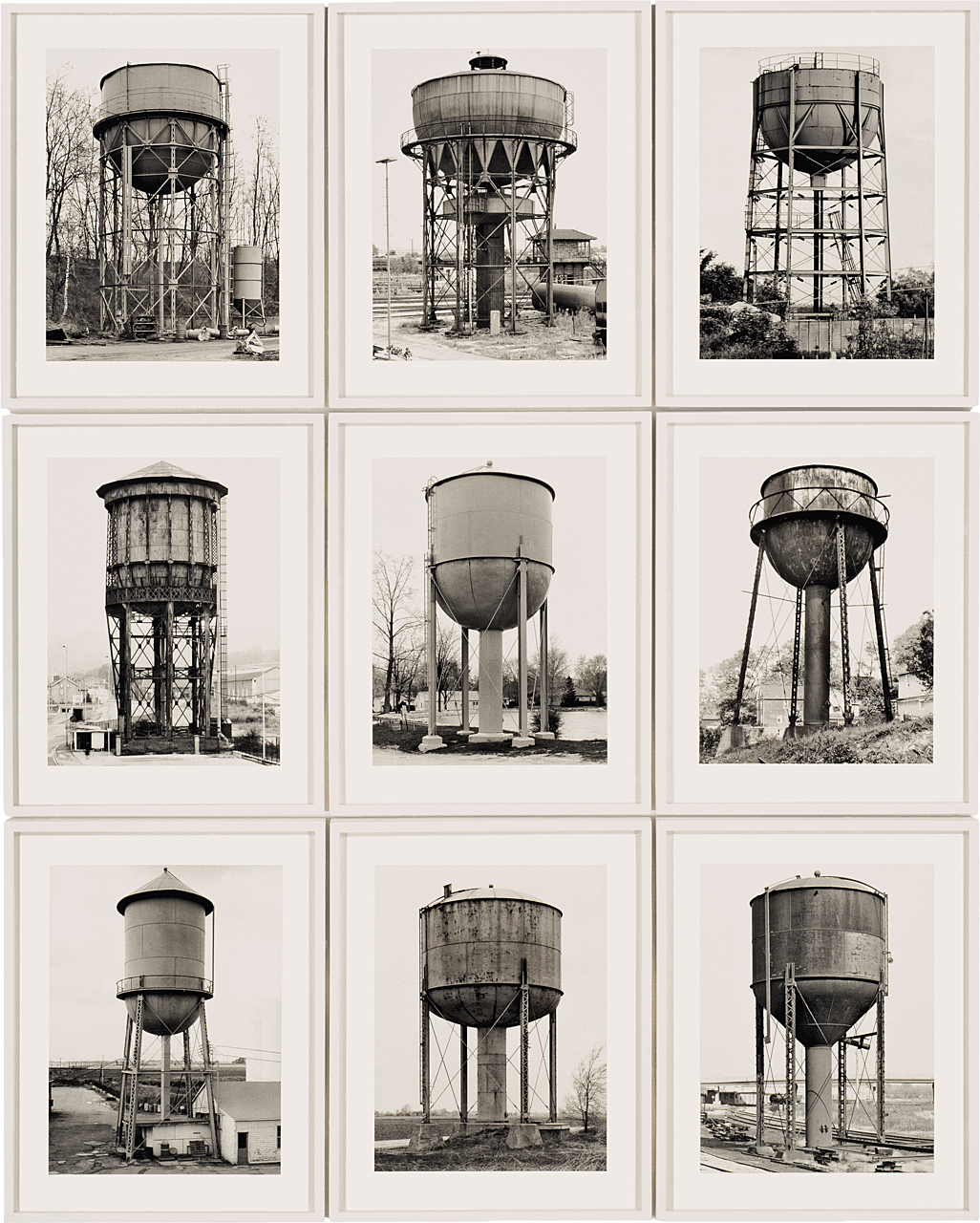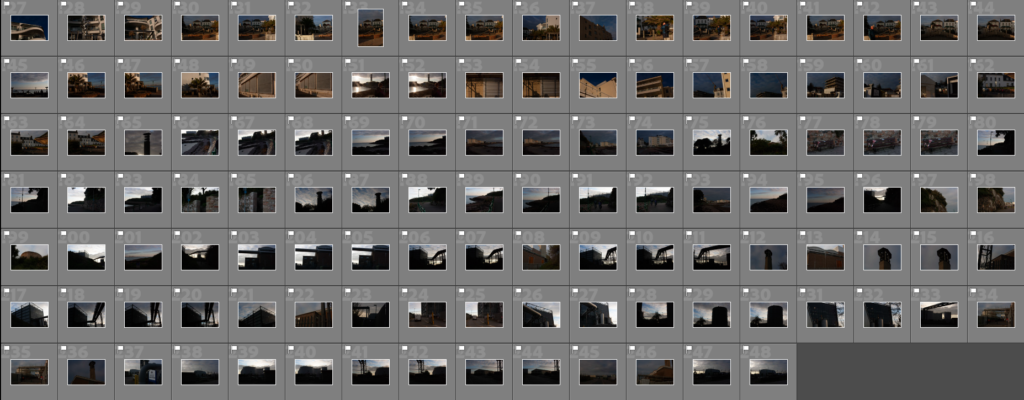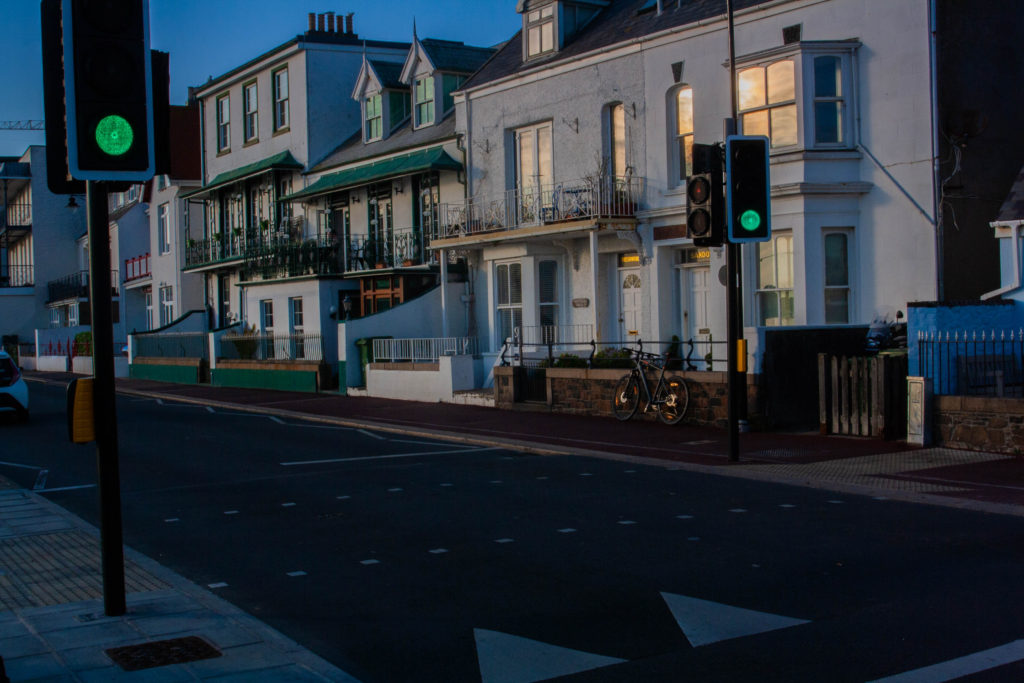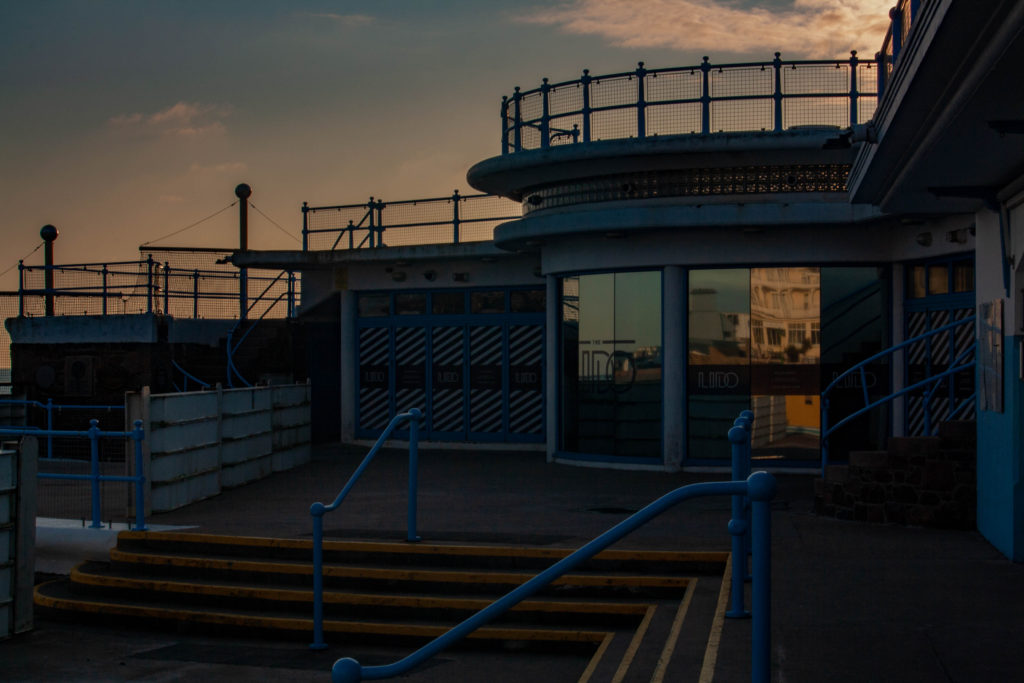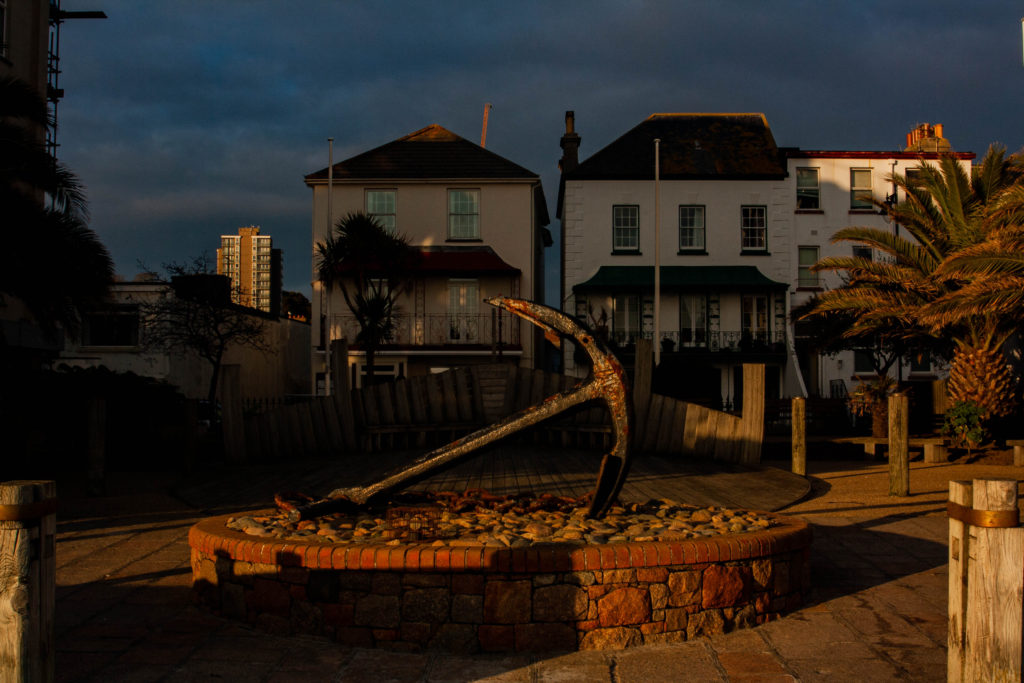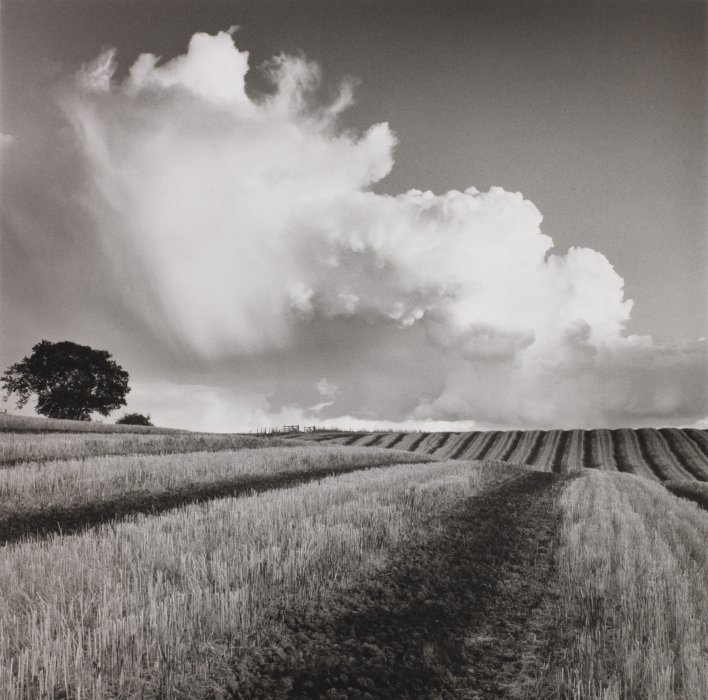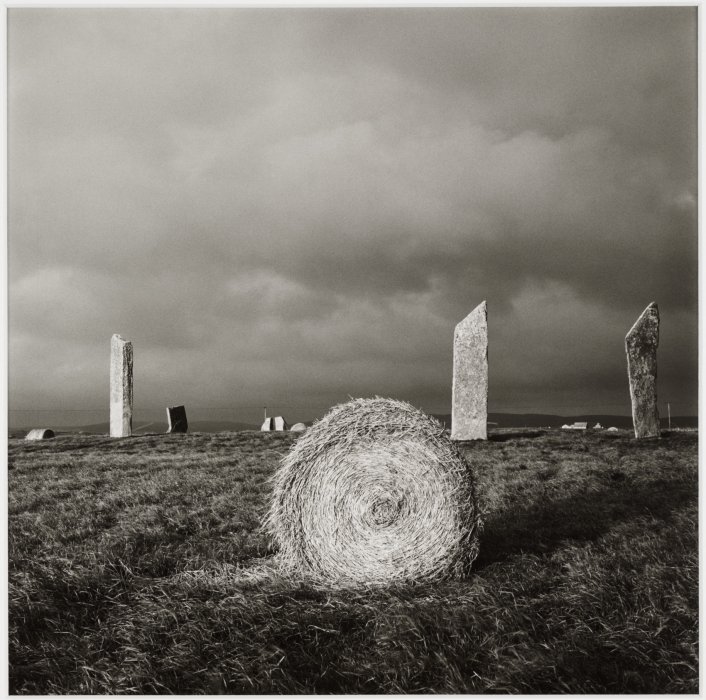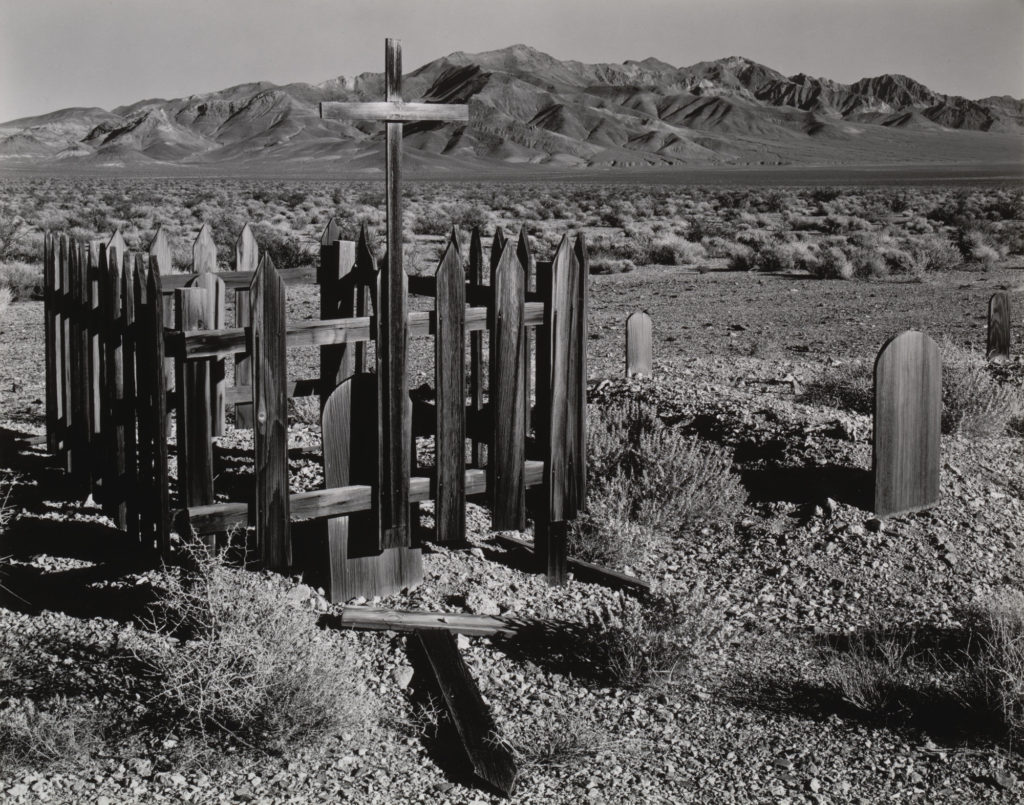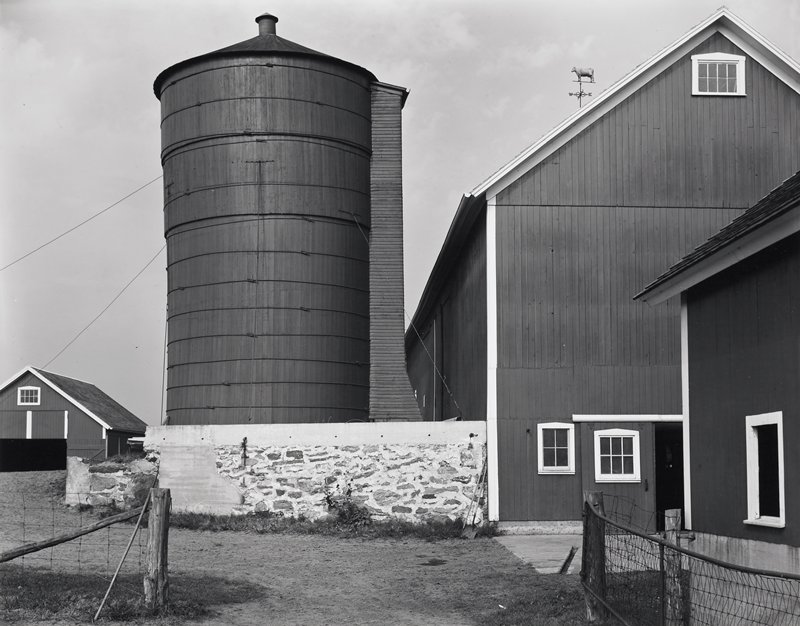Who was he:
Shore was an American photographer known for his use of colour in his photography and the banal scenes and objects. He took cross-country road ships in the 1970’s to capture some of his images. Many of his images capture the retro theme with the different colour lights and tones of the colours. His work has been published widely for over forty-five years and inspires many photographers.
some of his work:

Analysis:
Below is one of shore’s most famous images. I like how it is full of colours mainly, red and blue with the beige colours toning down the image. I think is stands out nicely and draws viewers into I because it is very simple and ordinary making it feel like we can all connect to it in different ways. The different shapes are all quite sharp with straight edges as well as different shapes and sizes with give a unique effect making us look for the detail. I feel this image follows an urban theme almost as the tones and shades of colours give an autumn feeling.
